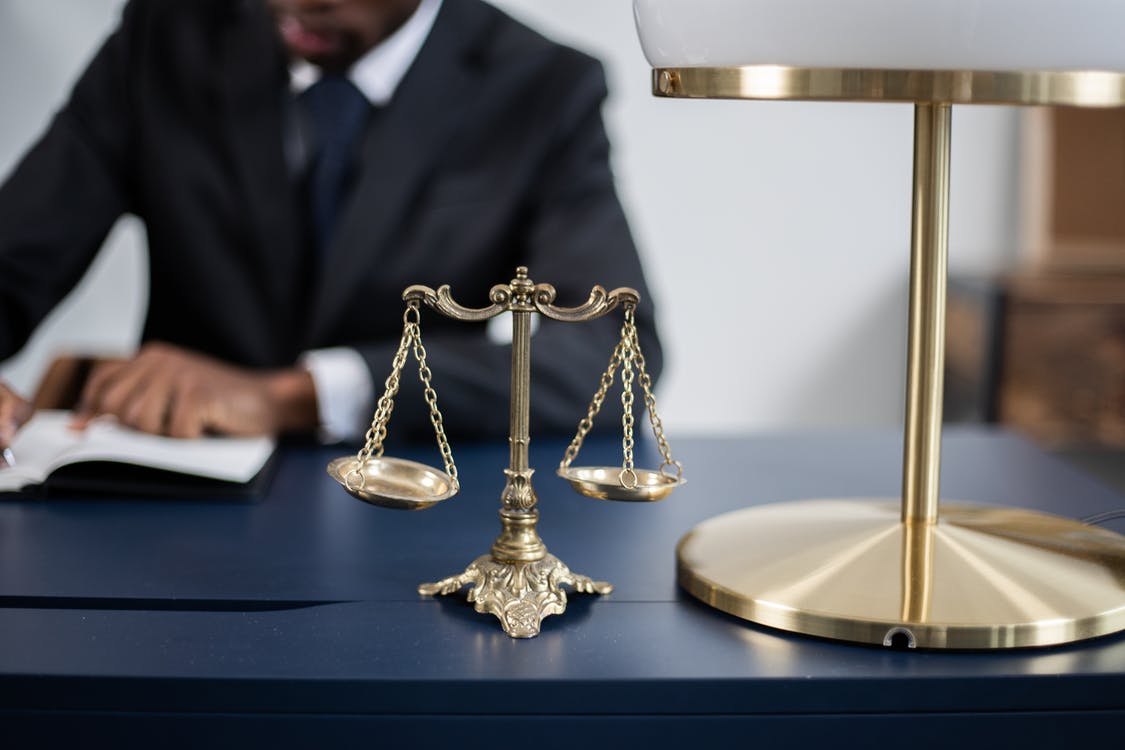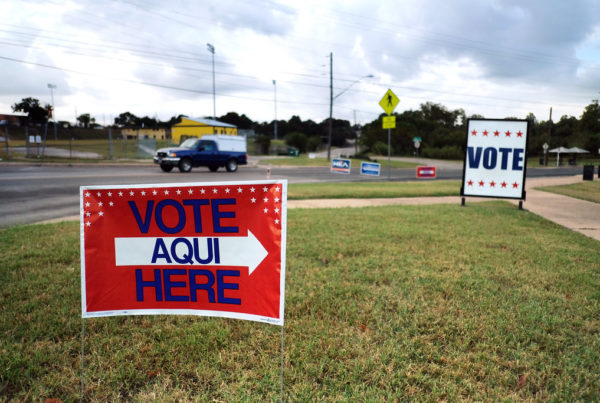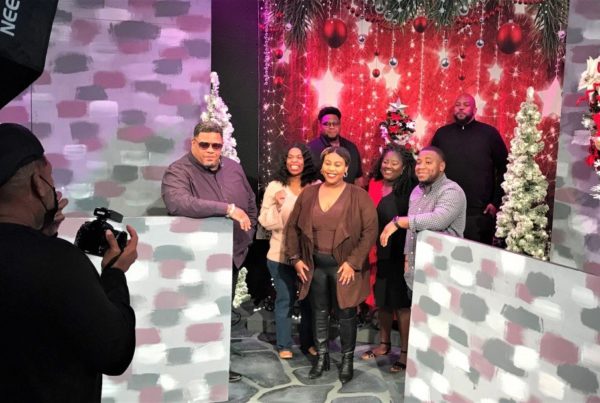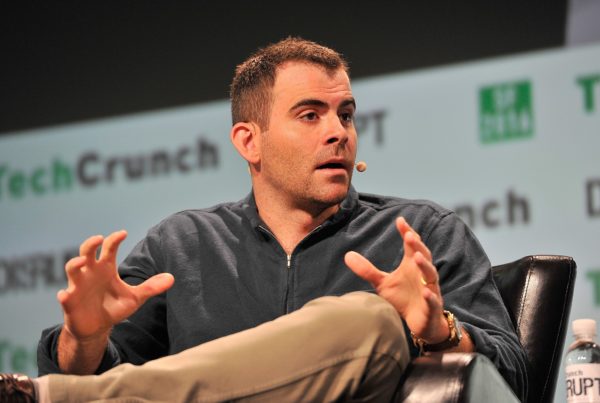When the #MeToo movement went viral in 2017, it brought with it a reckoning over all the ways in which sexual harassment and abuse were ignored, and even tolerated, within systems of power. From the boardroom to Hollywood to major league sports, women began speaking out about the harassment they endured.
Now, a new book shines a light on abuse within the Judicial system. “Code of Silence: Sexual Misconduct by Federal Judges, the Secret System That Protects Them, and the Women Who Blew the Whistle” was written by Lise Olsen, an investigative reporter at the Texas Observer. Listen to the interview above or read the transcript below.
This transcript has been edited lightly for clarity:
Texas Standard: Your book focuses on the abuse by U.S. District Judge Samuel Bristow Kent of the Southern District of Texas. Can you tell us a bit about the claims against Kent?
Lise Olsen: Kent sexually assaulted two of his staff members within the federal courthouse, and no one knew for a long, long time that this was happening. The women were afraid to tell anyone. Eventually, one of the women literally ran from his office and hid and then requested an emergency transfer. And that eventually led to Kent’s prosecution and impeachment. He became the first federal judge in the United States to be impeached for sexual misconduct, but that didn’t happen for years. First there was sort of a coverup of what had happened, and that’s how I became involved as an investigative reporter in the story.
In fact, you were working for the Houston Chronicle when you first heard about Cathy McBroom’s story. How did this land on your radar and what made you want to investigate further?
Initially when I was investigating for the Houston Chronicle, it was a question of trying to figure out what had happened. We heard a rumor that came from the courthouse that this woman, who had been the case manager for Judge Kent, had literally run from his office, and hidden in another office. Her clothing had been in disarray. She was crying, and other people in the courthouse thought that the judge might have sexually assaulted her. But at first no one was talking. They were all told not to say anything about whatever it happened. And that first summer, when I heard about it, we spent a lot of time trying to find out everything we could about Sam Kent, the U.S. district judge who was appointed by George H.W. Bush and was serving a lifetime appointment as do all [federal] judges.
I found out from interviewing a lot of people that he was a tremendously powerful person who was also abusing his power. He had literally exiled people who displeased him. He had forcibly kissed a law clerk in the past. He had told one of his previous employees that he would service her when her husband had prostate cancer. I was finding out from lawyers that he would fly off the handle and fine people thousands of dollars if they arrived late. Things like that to suggest abuse of power. But I couldn’t find out what had happened in the office that day at first – what had caused this woman to flee from his office.
And I didn’t know at first about another victim who had been sexually assaulted multiple times over a period of five years. So what I did first as an investigative reporter was try to find out what had happened. What I discovered was that her investigation was top secret. And so I couldn’t learn what she was investigating until after the investigation was over. And then when it finished, I thought, well, she’ll tell us, surely if this had happened, what the judge did. Instead, the judges had secretly investigated and then voted secretly to give this judge a reprimand and four months off with pay, but didn’t disclose anything in the official announcement of the reprimand about what he had done.
I did a story finally, reporting what had happened, and the fact that he had been accused of sexually assaulting his case manager, and that in fact, she had tried to report him in the past for doing this, and had been ignored. That launch sort of a scandal at the time when members of Congress came forward and asked for a criminal investigation of this judge.
But the investigation I did for the book is really more about why is it that the judges, when they discovered that there was a sexual predator on the bench, initially tried to conceal from the public what he had done and what he had been accused of instead of urging a criminal investigation themselves? And so the book is really about a secret system that federal judges use to investigate misconduct complaints against each other and how this case initially resulted in a cover up, or at least a minimization of the allegations that have been made, first by Kathy McBroom and then by other women. So the book “Code of Silence” is about that secret system and how the courts, instead of dealing with these serious allegations of misconduct wear at first OK with keeping it quiet and hoping it would go away.
Thinking about those women who acted as whistleblowers. Beyond the abuse they face from that judge and presumably others, they had to deal with the fallout of the reporting of this. What did they have to face when doing that?
Initially the women who were the victims of Judge Kent couldn’t talk to me at all. The reporting that I did was based on ex-employees and other people who knew their stories – family members and friends – because they had been ordered not to talk about this by their employers, the judges. So they really were extremely isolated.
Now, time has passed. But in fact, I think that they found some relief at this point in telling their stories and in telling the stories about how the case was secretly investigated, which has never before been revealed and the detail that it’s revealed in the book. I think it brings them some measure of comfort to know that their story may ultimately have an impact on the system – that they want other people to know the way the judges handled this investigation and the problems that they face. But for years, the two main victims of Judge Kent still worked in the courts, They worked in the federal courts and they really felt muzzled. They also felt to some extent that other people blame them for the judge’s bad behavior, which I think is pretty common among whistleblowers.
Any reason to think anything has changed about the system that you describe in code of silence?
In 2017, a bunch of women came forward about a judge who had committed multiple years of misconduct. His name is Alex Kozinski. And right after that, the chief justice of the Supreme Court formed a workgroup and said that he was going to enact reforms, and there were hearings.
But the problem is they really did very little. They set up an office where one person answers phone calls, and there’s been complaints that that person didn’t provide help. There’s also been modifications in a Code of Conduct handbook for law clerks, making it clear that they had a right to complain if judges commit misconduct. Because in the past, people who worked for the judiciary often assumed that they were unable to even make a complaint. They were ordered to swear loyalty oath to the judges.














